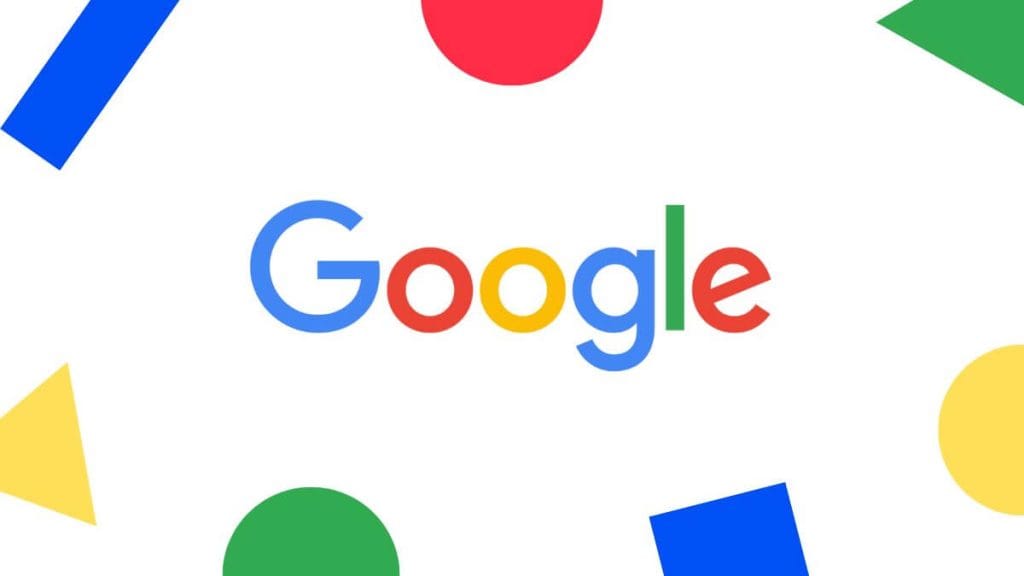Google has announced that it has retired the ‘cached’ web page feature, stating that it is no longer needed. According to the company’s search liaison, the feature was originally designed to assist users in accessing web pages when page loading was slow or unreliable. However, with significant improvements in loading speeds over time, Google has now decided to retire the feature.
Purpose and Evolution
The “cached” feature is a tool that lets users view a webpage just as Google sees it, which goes beyond just checking for slow loading. In the past, people often relied on this feature to confirm the authenticity of a website. SEO managers also use it to inspect their sites for potential problems. Additionally, users, particularly in the news industry, can use website caches to track changes to content.
Changes in User Interface
Previously, if you clicked on the three-dot menu next to a search result and then selected “about this result”, it would open a dialogue box with a ‘Cached’ button at the bottom right. This button allowed users to view a version of the webpage saved by Google.
Why did Google remove it?
- Improved internet speeds: The primary reason is the significant improvement in internet reliability and page loading speeds compared to the past. With most pages loading quickly and consistently, the need for cached versions has diminished.
- Limited usage: Google observed a decline in the visibility and usage of the cached link over time, suggesting it wasn’t a crucial feature for most users.
What are the implications?
- Accessing older content: While the “Cached” option is gone, you can still access older versions of web pages through third-party archiving services like the Wayback Machine.
- SEO and verification: For website owners and SEO professionals, alternative methods like URL inspection tools in Search Console will need to be used for technical checks and verification.
- Tracking website changes: News consumers who relied on the cache to track website edits might need to find alternative solutions, like subscribing to change detection services.
Features in Google Assistant
Google recently removed several less frequently used features from Google Assistant to improve the overall user experience. These features included the ability to send emails, videos, or audio messages using voice commands, as well as using voice commands to perform tasks like making reservations, sending payments, or posting on social media.
Google Bard’s Gemini Pro now supports 9 Indian languages
Google’s AI chatbot, Bard, has partnered with Gemini Pro and is now accessible in over 230 countries and territories worldwide. The chatbot supports more than 40 languages and can communicate in nine Indian languages, including Hindi, Tamil, Telugu, Bengali, Kannada, Malayalam, Marathi, Gujarati, and Urdu.
The retirement of the ‘cached’ web page feature marks an end to an era for accessing snapshots of web pages. While some users may miss the feature, it’s clear that Google is continually evolving to improve the user experience and adapt to the changing digital landscape.

